How to make an antenna for a radio with your own hands?
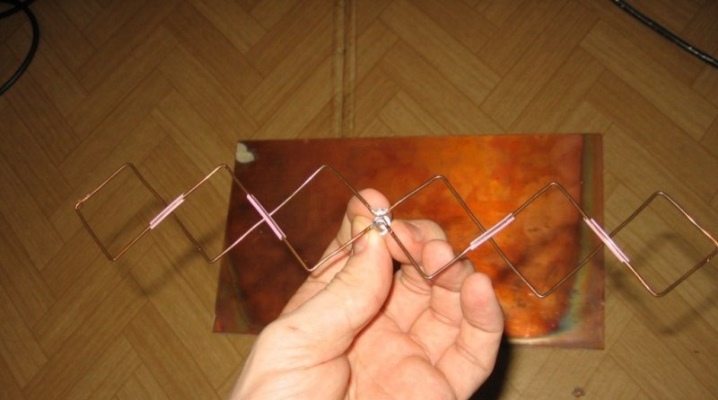
Radio has long been one of the ways to communicate with the outside world for people of all ages. It will be especially valuable in some hard-to-reach places where there is no television and even more so such a thing as the Internet. Any radio receiver needs such a thing as an antenna to work. It is not always possible to purchase it, but you can do it yourself at home. There are many cases when a simple home-made antenna somewhere in the country works much better than one bought in a store. Let's consider in this article how to make an antenna for a radio with your own hands and from what materials.
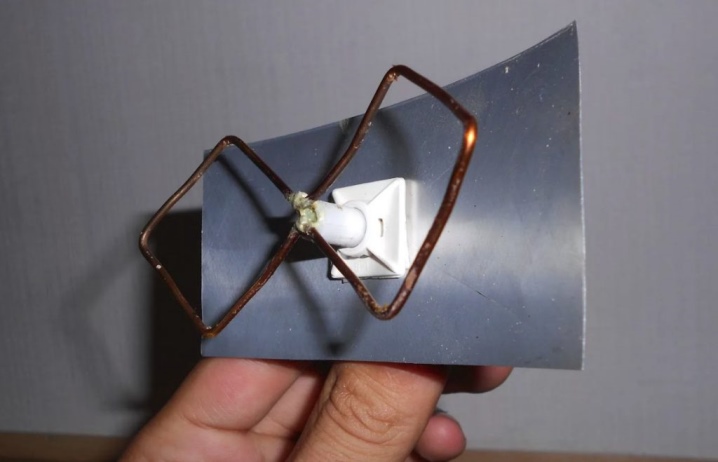
General manufacturing principles
Before you figure out what and how the antenna for the radio is made with your own hands, it should be said a little about what the principles of its manufacture and design should be in order for its effectiveness to be maximized. First, you need to understand that if the radio does not work well on the antenna, which it has, which is the case quite often, then a homemade FM antenna that amplifies the signal is the only way out. In addition, it must be positioned as correctly and at the correct height as possible so that there are a minimum amount of interference for high-quality work. An important point that needs to be taken into account before starting the creation of such a device is polarization.
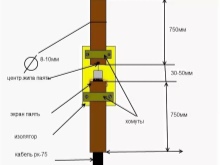
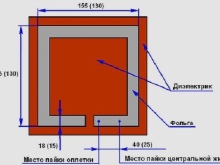

A good antenna for long-range reception should be positioned exclusively vertically, like the wave itself.
In addition, it should be understood that any device that receives radio waves has a certain sensitivity threshold. If the signal is below it, the reception quality will be poor. Radio waves are usually weakened when there is a great distance between the receiver and the station transmitting radio waves. Bad weather conditions can also be a factor. These points also need to be taken into account when choosing the design and type of antenna. Usually they are in the following direction:
- directed;
- undirected.
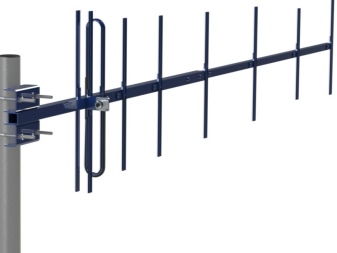

And in terms of mobility, they can be as follows:
- mobile;
- stationary.
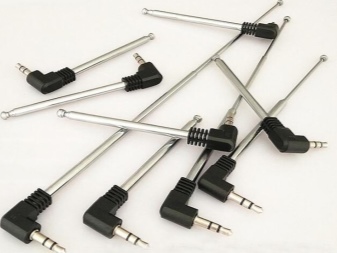
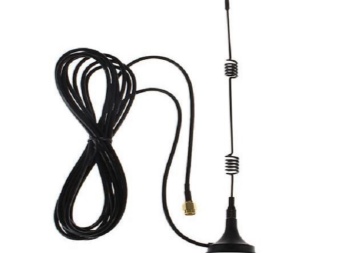
Important! Non-directional models work on the principle of connecting point to point or point to many others within a radius of 50-100 meters. But non-directional ones can work in the entire area around them.
In addition, before making any model, you should know that they are as follows:
- rod or pin - this type of such devices is presented in the form of a simple rod or a rounded shape; whip is the simplest type of design, any indoor antenna is usually whip;
- wire - such models are made of the material of the same name and are bent in various positions;
- telescopic are structures that fold; they are usually made of metal rods that look like telescopes;
- retractable models are found in almost every car; the advantage of this design is that it can be installed anywhere.
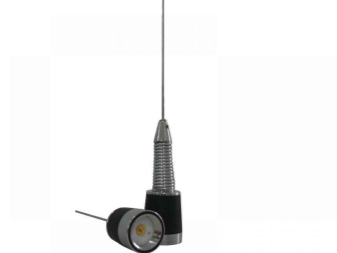
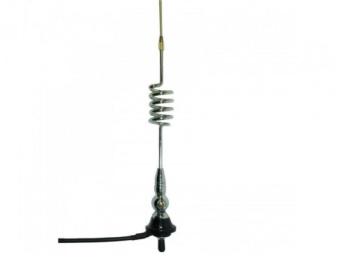
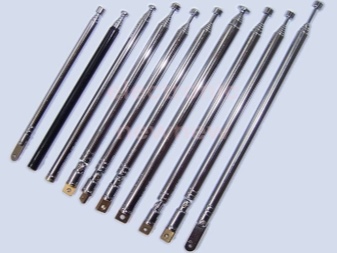
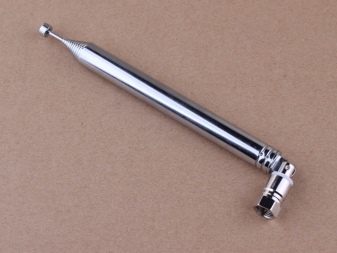
Important! Regardless of the antenna design, the principles of operation will be the same everywhere.
Tools and materials
It should be said that there are a huge number of options for creating antennas. They are made from copper wire, and from a tube of capacitors, and from wire and even from a television cable. And this is not a complete list of materials from which an antenna can be made at all. If we talk about materials, then to create an antenna you will need to have the following elements on hand:
- heat-shrink tubing;
- winding cable type PEV-2 0.2–0.5 mm;
- high-voltage wire or coaxial cable;
- ruler;
- nest;
- calipers;
- glue for plastic.
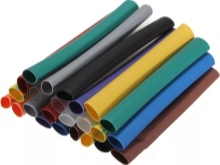
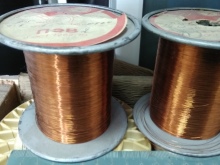
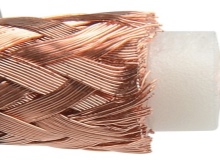
This is a rough list of materials and may vary depending on the materials on hand. Besides, it will not be superfluous if before that a diagram of the device that you will be making is developed. The drawings of the device make it possible not only to determine what dimensions are needed to receive a particular wavelength range, but also make it possible to correctly calculate the necessary parameters of the device itself - type, length, width, some structural features. In addition, you can immediately roughly determine the place where to solder the socket, if necessary.


Step-by-step instruction
Here are some instructions for creating antennas, each of which will help you make a really high-quality FM module for receiving radio waves. So, to make such a device, one should adhere to a certain algorithm of actions.
- Take any high frequency coaxial cable. We dismantle its braid and remove the outer insulation. You can also use high-voltage wires from transformers of the same name, which are used in monitors and televisions equipped with a cathode-ray tube. They have great rigidity and will be an excellent option for receiver antennas.
- Now you need to cut off a piece of 72 or 74 millimeters from the prepared wire. Moreover, the accuracy must be observed to the millimeter. Using a soldering iron, we solder a small piece of wire to the cable, from which a coil from a suitable piece of plastic will be wound in the future. The wires will need to be wound around 45 turns. In this case, a piece of internal insulation with a length of 1.8 centimeters will be used. If desired, you can recalculate the coil for a different diameter. But you will need to observe 2 points:
- the length of the coil will be 18 millimeters;
- inductance should be at the level of 1.3-1.4 μH.
- Now we make a careful winding of 45 turns. How this will be done, you can see the gaps on its end sides. You will need to pour a little glue into them in order for the structure to become stronger.
- At the next stage of assembling the antenna, it is required to put a heat-shrinkable tube on the resulting structure. It should be heated by some convenient method. But it is best to do this with a closed fire, or you can use a construction hairdryer.
- If you require a loop antenna, then its feature is the presence of an aluminum hoop. Its diameter is 77 centimeters, and the inner diameter should be 17 millimeters. Finding such an item is easy in any sports store. And also a copper tube should be at hand. If such an antenna is required, then the central core, braid, and also a small piece of coaxial type wire should be soldered to the contacts of the variable capacitor. The second end of the wire, the central core and the braid are soldered to the aforementioned aluminum hoop. In this case, you can also use automobile clamps, which should be thoroughly cleaned beforehand. Their diameter should be between 1.6 and 2.6 centimeters. And also a good cleaning of the contact point should be done.
- The ratio of the circumference of the frame to the circumference of the tie loop should be 1: 5. In addition, 1 cm of insulation must be removed from the end of the cable and from the center conductor. And also from the middle of the cable for the FM antenna, mark 5 millimeters in both directions and remove the external insulation. After that, we remove the cable sheath to break it.
- Now you should check the range of the antenna and make sure that the frame has a resonance in the range of 5-22 MHz. If the capacitance of the capacitor is different, then these parameters can be changed. If you need low-frequency ranges, then it is better to take a frame with a larger diameter - one or one and a half meters.If we are talking about high-frequency, then a 0.7 meter frame will be enough. This completes the creation of the loop antenna.
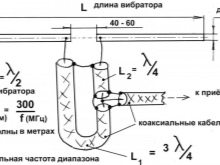
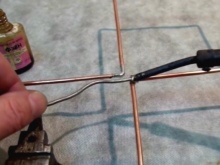
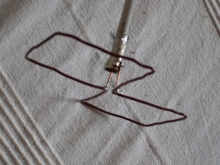
A rather interesting option would be a pipe or magnetic antenna. By the way, it can be not only internal, but also external.
The main bearing part of such a device will be a heating pipe or water pipe. To make an antenna of this type, you will need to have on hand such elements as:
- a used transformer core that can be removed from some old TV;
- insulating tape;
- glue;
- Scotch;
- foil made from thin brass or copper;
- about 150 centimeters of copper wire with a diameter of a quarter of a square millimeter;
- pins for connection.

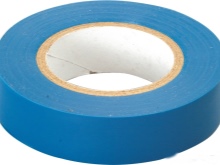

First, for wrapping with the first layer, a core made of ferrite is laid, and on top there are 2 layers of electrical tape, after which a single layer of foil. Now, 25 turns of cable with 1 cm overlap should be wrapped around this shield blank for the best insulation of the contacts. And also do not forget that you need to make mandatory taps on the 7th, 12th and 25th turns. The loop should be connected to other parts and the wire ends should be inserted into the pins. The tap from the seventh turn should be inserted into the grounding socket, and the other 2 should be connected to the antenna terminals.
The final stage of work will be to set up the radio signal reception. In this case, it will be performed by the usual selection of the winding connection to the connected circuit.
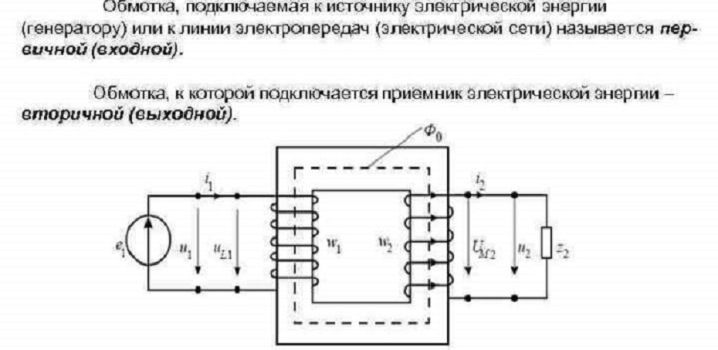
Another fairly common and simple option for creating an antenna of this type is a foil device. To create it, you will need to have the following materials:
- nippers or pliers;
- knife;
- a roll of foil or copper wire;
- a dry plank in the form of a square, which has a side measuring 15 centimeters.
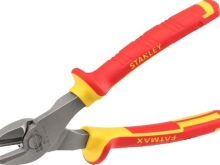
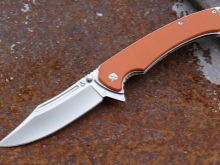
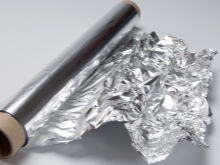
There is nothing difficult in creating such a device. To make it, you will need to adhere to several stages.
- First, a square should be cut out of foil. It should measure 13 centimeters on the outside, and the width of the foil strip should be 1.5 centimeters. At the bottom in the center, cut a 3 mm rectangle to open the frame.
- The cut piece of foil should be glued to the board. Now you need to solder the inner core of the shielded wire on the right and the braid on the left to the foil square. This should be done slightly with a shift to the right of the central notch - somewhere by 2.5 millimeters. By the way, the distance between the shielded wire and the braid should be the same. Here it must be said that if the antenna is used to operate in the VHF range, then the size of the square should be increased to 15 centimeters, and the width of the foil strip in this case will be about 18 millimeters.
Important! If you need to amplify the signal for this type of antenna, then you can wrap it with a piece of copper wire. Its free end should be brought out through the window.
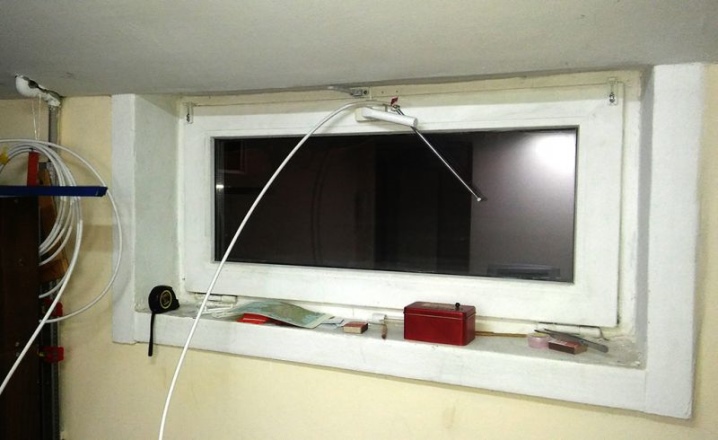
In addition, there is a very simple option for creating a simple radio antenna. We will need to have at hand such materials and tools:
- soldering iron;
- plug to connect the antenna to the radio;
- roller blocks that allow you to fix the antenna in the desired position;
- steel wire;
- copper wire;
- switch;
- ceramic insulators.

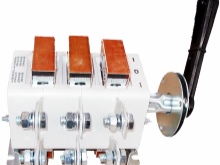
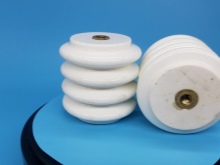
Everything will be extremely simple here - just connect the wires, plug and rollers with a soldering iron. And the joints will need to be wrapped with electrical tape to strengthen the structure and preserve its integrity. In addition, to make such an antenna look as aesthetically pleasing as possible, it can be installed on a special stand, previously made of wood. As you can see, there are a large number of antenna models, each of which can provide a high-quality radio signal in various conditions.
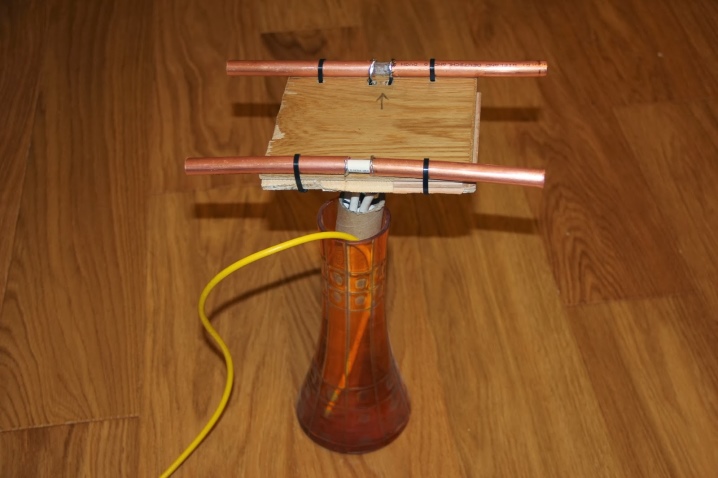
Recommendations
If we talk about recommendations for the creation and use of such antennas, then, first of all, several should be noted.
- There should be no metal foreign objects near such a device. Otherwise, they can interfere with picking up the signal or reflecting it, which will also negatively affect the quality of its reception.
- Care should be taken to protect the antenna from environmental influences. Otherwise, its parts may rust and sooner or later the device will simply fail.
- In most cases, it is imperative to make drawings before starting work, where it is necessary to prescribe in detail the dimensions and dimensions of the device, its type, as well as the algorithm of actions for its creation. This will make it possible to quickly and accurately implement a particular idea and get a high-quality antenna for receiving a stable FM signal.
How to make a radio antenna with your own hands in 15 minutes, see below.













The comment was sent successfully.